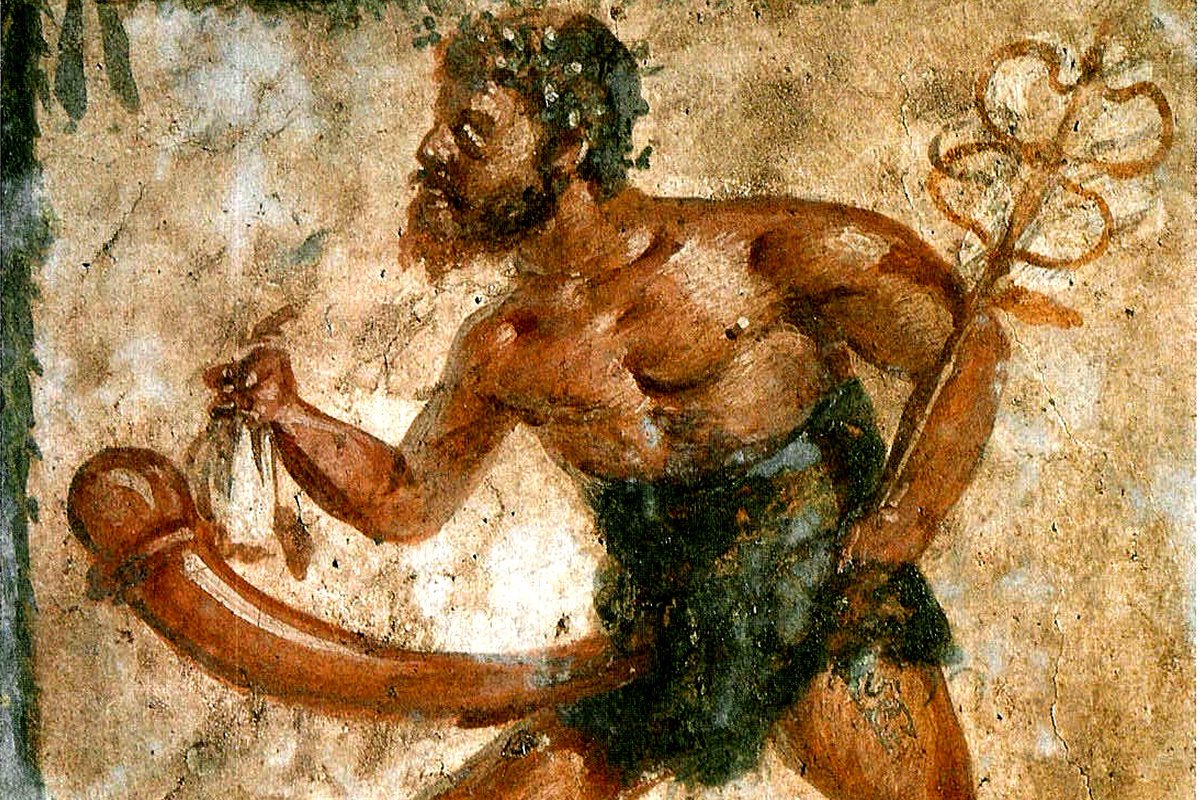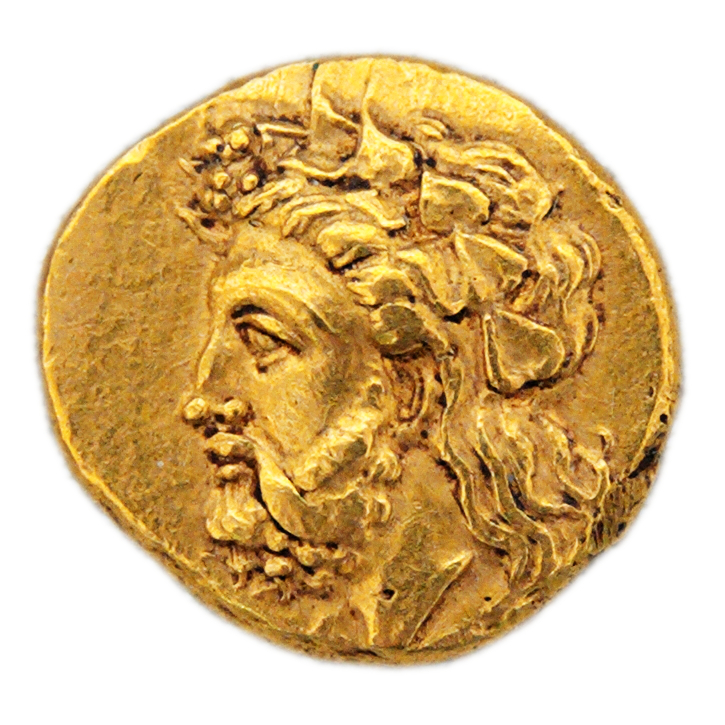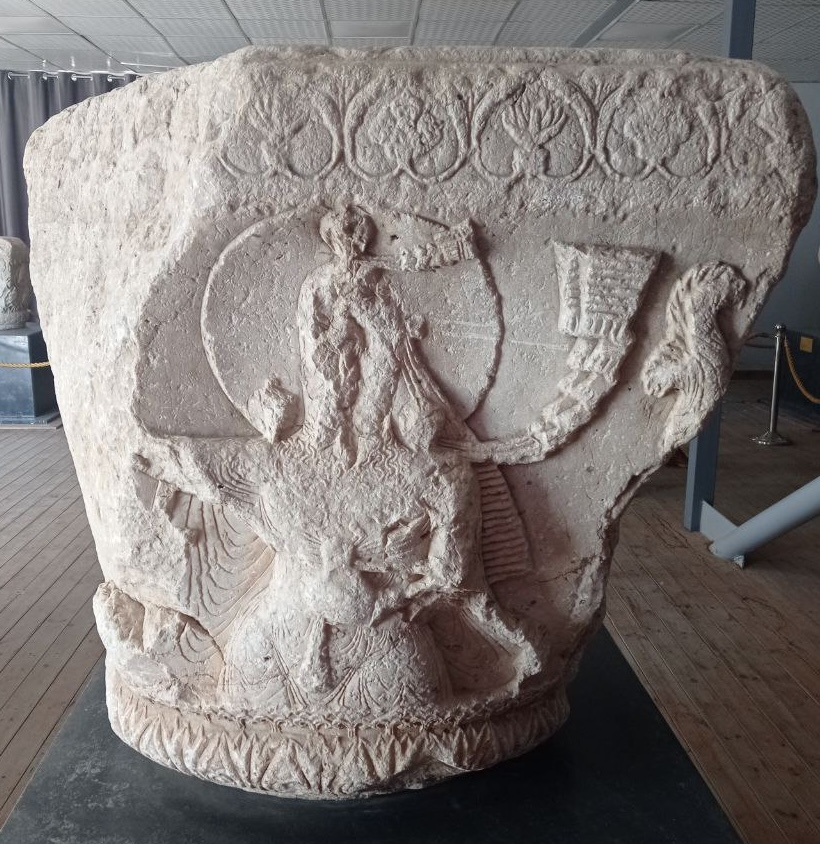Thread: This is Priapus, Ancient Greek god of the male reproductive power and fertility and the fertility of nature in general. Allegedly he originated in Hellespont from where his cult moved to the Balkans and then throughout Greek and later Roman world... #mythologymonday 

Priapus was a peasant god, god of shepherds, farmers and beekeepers...For Classical Greek city dwellers he was apparently "a bit of a joke"...What else could be expected from city people separated from nature...
The Olympians definitely couldn't stick him. They refused to allow him to live on Mount Olympus and threw him down to Earth...Which is where the archaic god of fertility should be living anyway...
It is strange that such an obviously single role god doesn't have a name that denotes his function: fertility...The official etymology says: "Latin Priapus, from Ancient Greek Πρίαπος (Príapos). The origin of this name is unknown..."
I want here to thank Aleksandar Miladinović who alerted me the fact that maybe the name of Priapus actually does denote his function. Just not in Greek. Or Latin...
Have a look at this:
Have a look at this:
Sanskrit: प्रिय (priya) – love, kindness, pleasure, beloved, dear, liked, wanted, lover, husband
Serbian (Pan-Slavic): prija - what is nice, good, beneficial, pleasant
Avestan: friia - dear, beloved, friend, well-wisher
Germanic: *frijōną - to love, to free
From PIE priHós
Serbian (Pan-Slavic): prija - what is nice, good, beneficial, pleasant
Avestan: friia - dear, beloved, friend, well-wisher
Germanic: *frijōną - to love, to free
From PIE priHós
Sanskrit: याभ (yAbha) – to have a sexual intercourse
Serbian (Pan-Slavic): jeb (yeb) - to have a sexual intercourse
Ancient Greek: οἴφω (oíphō) - to have a sexual intercourse
From PIE h₃yebʰ-
Serbian (Pan-Slavic): jeb (yeb) - to have a sexual intercourse
Ancient Greek: οἴφω (oíphō) - to have a sexual intercourse
From PIE h₃yebʰ-
Sanskrit: priya+yAbha=prijaba=priap=enjoy+sexual intercourse=love=procreation=fertility
Serbian: prija+jeb=prijeb=priap=enjoy+sexual intercourse=love=procreation=fertility
I presume this is quite suitable name for a god of fertility with a giant erection...
Serbian: prija+jeb=prijeb=priap=enjoy+sexual intercourse=love=procreation=fertility
I presume this is quite suitable name for a god of fertility with a giant erection...
Considering that Ancient Greek doesn't have a word for love based on the PIE root "priHós" the name Πρίαπος (Príapos) could not be of Greek origin...Considering that only Slavic and Sanskrit languages have both words required to create Priapus's name...
We know about Siva lingam worship...It could be tempting to propose that the name came to Greece from India after the Alexander's campaigns there...But I am not aware of any Indian deities with names that sound like Priap...And the dates don't match...
The first extant mention of Priapus is in the eponymous comedy Priapus, written in the 4th century BC by Xenarchus. He was already writing during Rhegian War (B. C. 399-389).
Greeks in Lampsacus in Asia Minor, where the cult of Priapus is said to have originated, already minted Gold staters with the ivy-wreathed head of Dionysus/Priapus between 360–340BC... 

Alexander was not born until 356BC and he died during the Indian campaign in 323BC. So I don't think we should look at India as the place from where the name Priapus came to Greece...
So what's left?
A giant coincidence? 🙂
So what's left?
A giant coincidence? 🙂
One last thing. Did I mention that the PIE root "h₃yebʰ-" which apparently "originally meant "to enter, penetrate" with a semantic narrowing to "copulate" can in Slavic languages be broken into "je" + "bo" = her + pierce, stab, penetrate = copulate....
• • •
Missing some Tweet in this thread? You can try to
force a refresh























